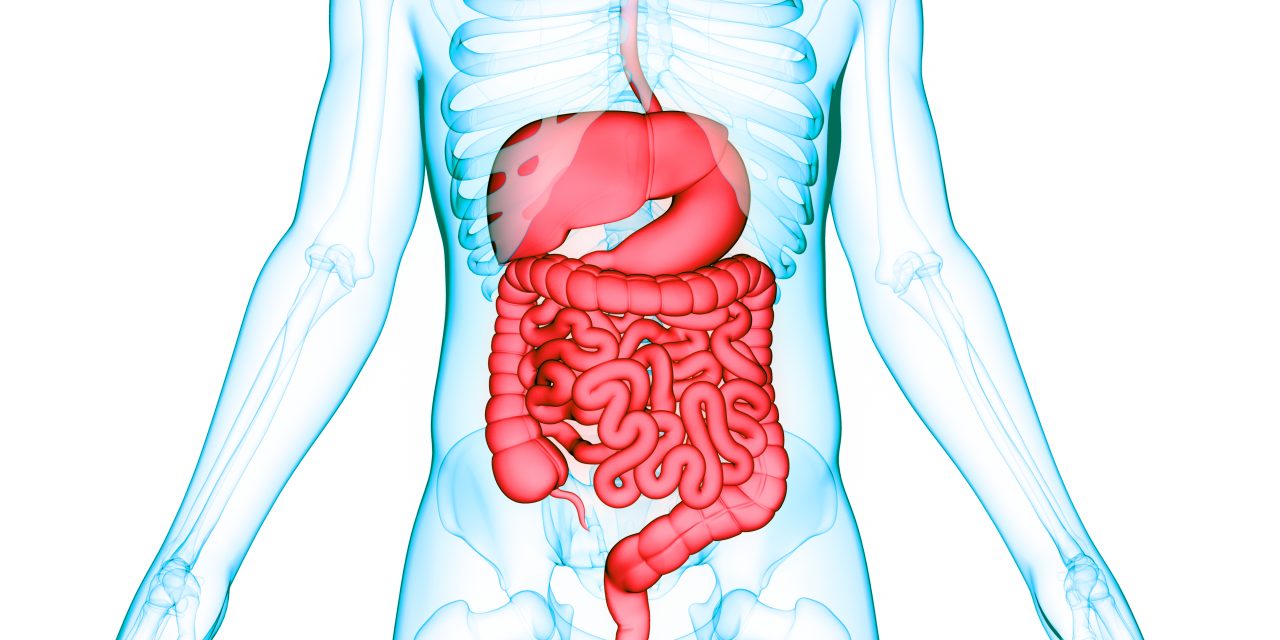Endoscopic resection (ER) is an important component of the endoscopic treatment of Barrett’s Esophagus (BE) with dysplasia and intramucosal adenocarcinoma (IMC). ER can be performed by cap assisted endoscopic mucosal resection (cEMR) or endoscopic submucosal dissection (ESD). We compared the histological outcomes of ESD versus cEMR, followed by ablation.
We queried a prospectively maintained database of all patients undergoing cEMR and ESD followed by ablation at our institution from January 2006 to March 2020 and abstracted relevant demographic and clinical data. Our primary outcomes included the rate of complete remission of dysplasia (CRD): absence of dysplasia on surveillance histology and complete remission of intestinal metaplasia (CRIM): absence of intestinal metaplasia. Our secondary outcome included complication rates.
We included 537 patients in the study: 456 who underwent cEMR and 81 who underwent ESD. The cumulative probabilities of CRD at 2 years were 75.8% and 85.6% in the cEMR and ESD groups (p< 0.01). Independent predictors of CRD were: ESD (HR: 2.38; p<0.01) and shorter BE segment length (HR: 1.11; p 0.05). The only independent predictor of CRIM was a shorter BE segment (HR: 1.16; p < 0.01).
BE patients with dysplasia or IMC undergoing ESD reach CRD at higher rates than those treated with cEMR, though CRIM rates at two years and complication rates were similar between the two groups.
Copyright © 2020 AGA Institute. Published by Elsevier Inc. All rights reserved.
Comparative Outcomes of Cap Assisted Endoscopic Resection and Endoscopic Submucosal Dissection in Dysplastic Barrett’s Esophagus.


